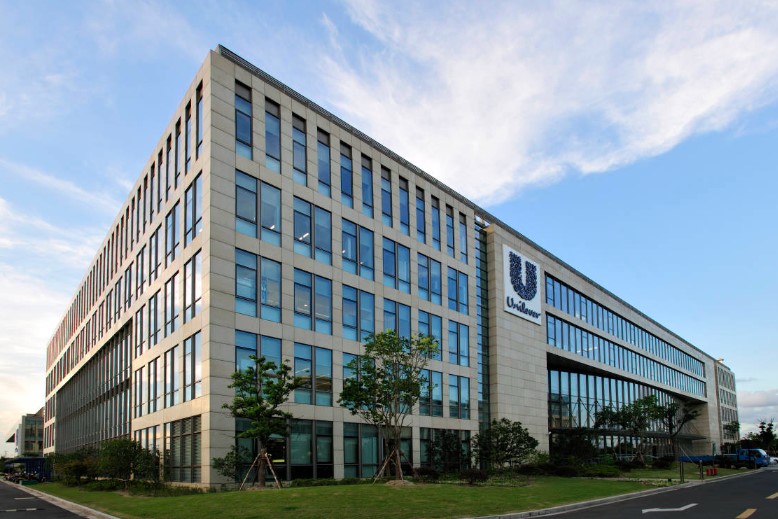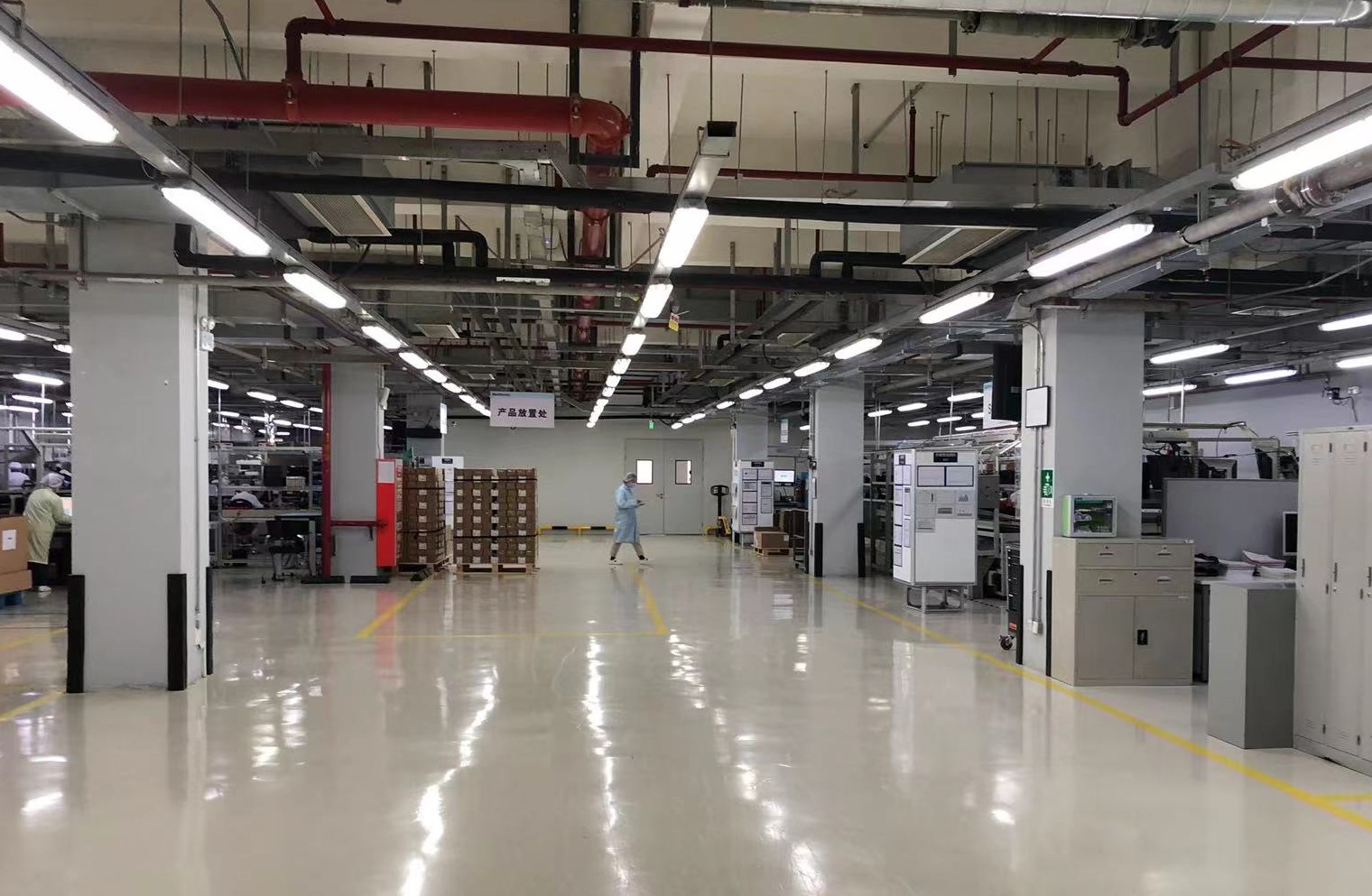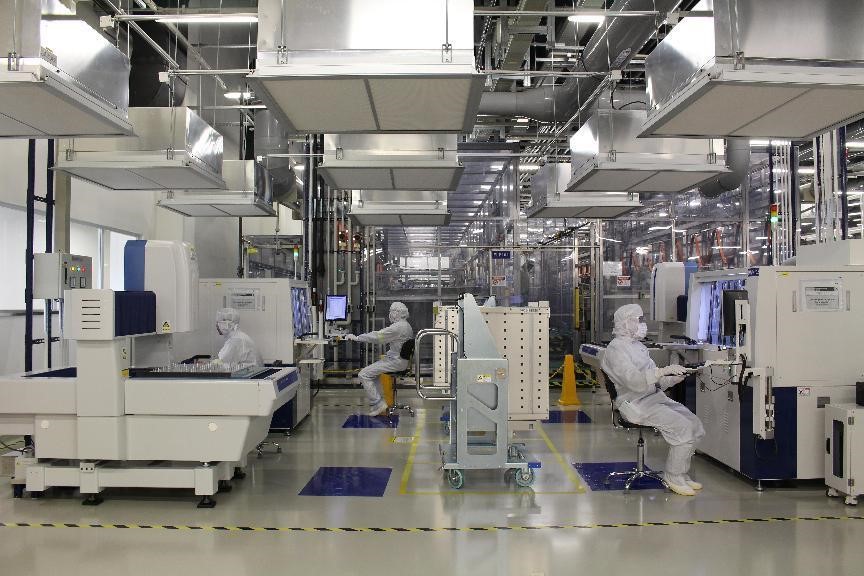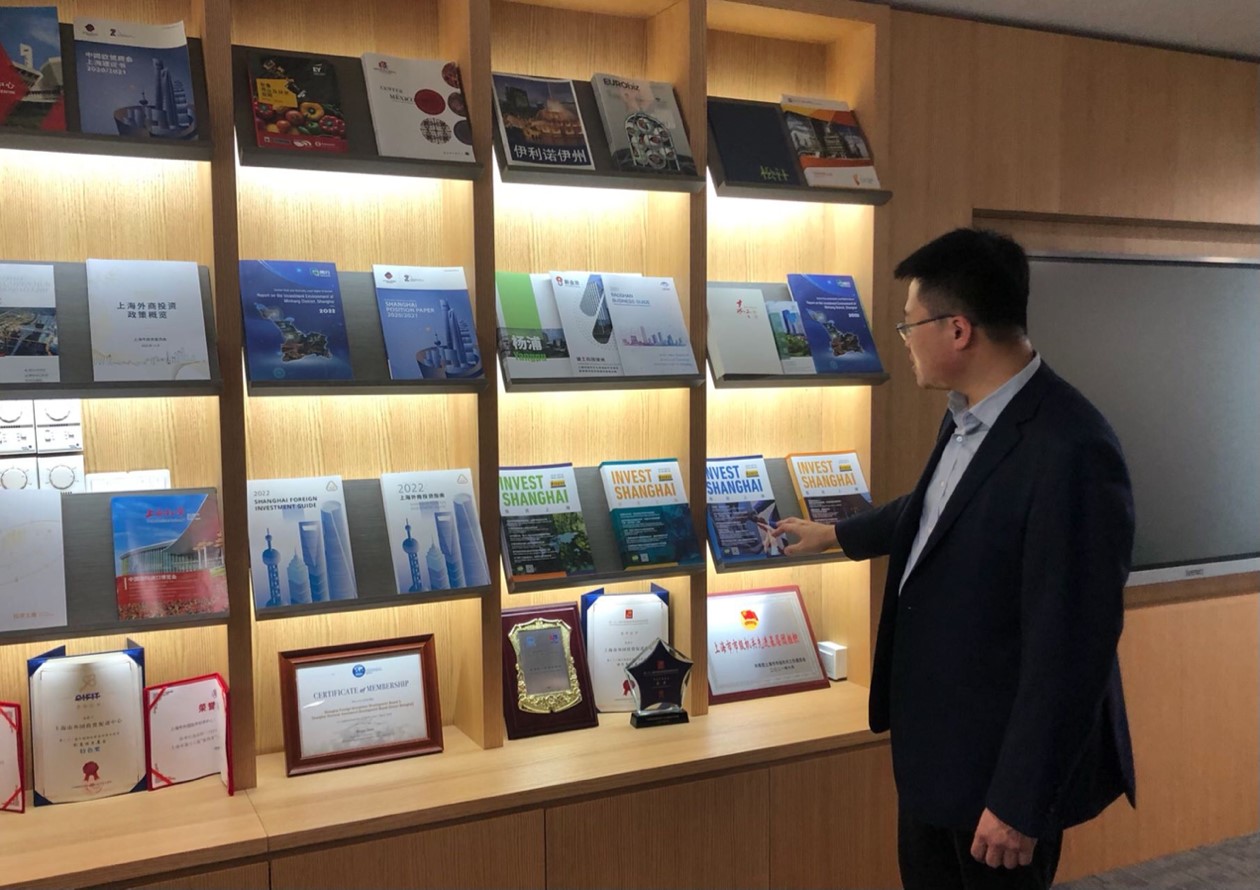Figures reveal reasons why multinationals put down deep roots in China
People's Daily Online recently made field visits to the facilities of several multinationals in east China's Shanghai, uncovering the remarkable performance figures that reflect the strong attraction the Chinese economy holds for multinationals and their firm confidence in investing in the Chinese market.
Serving 150 million consumers
Global consumer goods giant Unilever has eight production bases, operates more than 40 famous brands, and provides cleaning and health related products and services for the families of 150 million consumers in China, according to Zeng Xiwen, vice president of Unilever North Asia.

Unilever's research and development center in east China's Shanghai. (Photo courtesy of Unilever)
Over the past more than three decades, Unilever has invested a cumulative total of over $3 billion in China, Zeng said, noting that the company will continue to expand its investment in the country.
Unilever has invested nearly 1.7 billion yuan ($250 million) to build a production base for all categories of products in Guangzhou, capital of south China's Guangdong Province, this year, according to Zeng, who disclosed that the company's factories in southwest China's Sichuan Province, north China's Tianjin Municipality, and east China's Anhui Province are undergoing expansion.
There are nearly 400 research and development (R&D) personnel from 12 countries working in the Unilever North Asia headquarters and global R&D center in Shanghai. With its ample R&D manpower and cutting-edge R&D equipment and experimental facilities, the center has developed a series of products that have become popular with Chinese consumers.
Bringing over 500 kinds of innovative products into Chinese market
Medtronic, an American medical device company, has introduced more than 500 kinds of innovative products into the Chinese market, and its two medical innovation centers have trained an average of about 15,000 medical professionals a year for China, according to Wang Yan, an executive of Medtronic's factory in Shanghai.

Medtronic's factory in east China's Shanghai. (People's Daily Online/Wang Zhen)
Located in Caohejing Comprehensive Bonded Zone in Shanghai, the factory has 12 production lines for the production and processing of different types of products, including high-frequency medical equipment, surgical instruments, as well as diagnostic and treatment equipment and devices for operating rooms and emergency rooms.
The company established its first Chinese office in 1989, and officially started to build its factory in Shanghai in 1996. So far, it has established a global R&D center, production base, regional logistics center, and medical innovation center in Shanghai, set up an orthopedic instrument production base in Changzhou, east China's Jiangsu Province, and operates two production bases and a medical innovation center in Chengdu, capital of Sichuan Province.
"In recent years, we have sped up the implementation of our localization strategy, and made active efforts to base the R&D and production of more advanced therapies and products in China, so as to meet the ever-growing medical demand in China," Wang said.
More than 70 percent of staff work in China
Austria Technologie & Systemtechnik AG (AT&S), a global manufacturer of high-end printed circuit boards and IC substrates, is the largest Austrian enterprise that has invested in China.

An Austria Technologie & Systemtechnik AG (AT&S) factory in east China's Shanghai. (Photo courtesy of AT&S China)
The enterprise has built its largest production bases in Shanghai and southwest China's Chongqing Municipality. More than 70 percent of its staff work in its Chinese factories.
The Chinese market is the cornerstone of AT&S' business growth, said Phua Chen-Jiang, chairman of the board of AT&S China, adding that the company will focus on introducing new capacity in its factory in Chongqing and advancing the technological upgrading of its factory in Shanghai.
"In recent years, the integrated circuit and microelectronics industry has developed rapidly in China. We are very confident about our business prospects," Phua said.
In 2023, Shanghai will strive to make its actual use of foreign capital reach about $24 billion, and add 60 new regional headquarters of multinationals and 25 R&D centers, according to Xue Feng, director of the Shanghai Foreign Investment Development Board.

Xue Feng, director of the Shanghai Foreign Investment Development Board, introduces Shanghai's efforts to promote two-way investment. (People's Daily Online/Wang Zhen)
Photos
Related Stories
- Multinationals eye greater tech cooperation with China
- China mulls allowing foreign multinationals to establish finance companies
- Multinationals keep expanding in Chinese market with nearly 100 projects signed at summit
- Foreign companies remain confident in China's NEV market
- Foreign companies keen to expand business in China despite pandemic
- Eye-catching performance of Chinese market boosts European multinationals' confidence
- U.S. companies still want to operate in China: media
- Vice premier hopes multinationals will share in China's development
- China urges foreign companies not to become pawn of certain political forces
- China's new development pattern offers development chances for foreign companies: Chinese FM
Copyright © 2023 People's Daily Online. All Rights Reserved.









